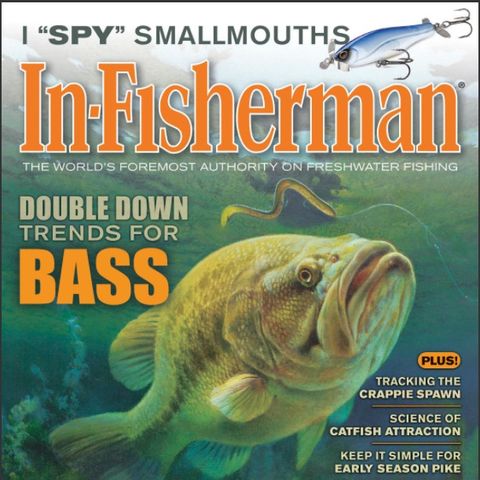



May 01, 2019
Here is a way to calculate prop performance with different props, a formula suggested to us by technician Peter Arneson:
Props slip, so they're about 85 to 90 percent efficient. Multiply mph by 0.85 to determine final boat speed. Here are the calculations for an example motor and two different prop pitches:

Example engine: 115 hp
Engine RPM: 5,000
Lower Unit Gear Ratio:
13:26 or 13/26 = 0.50
Prop Pitch:
19 inches and 21 inches
Formula:
(RPM x Ratio) x Pitch = inches per minute
IPM/12 = feet per minute
FPM/5,280 feet = miles per minute
miles per minute x 60 = mph
19-inch-pitch Prop
(5,000 x 0.5) x 19 inches = 47,500 inches per minute
47,500/12 = 3,985 feet per minute
3,958/5,280 = 0.75 miles per minute
0.75 x 60 = 45 mph
0.85 x 45 = 38.25 mph with 19-inch-pitch prop
21-inch-pitch Prop
(5,000 x 0.5) x 21 inches = 52,500 inches per minute
52,500/12 = 4,375 feet per minute
4,375/5,280 = 0.83 miles per minute
0.83 x 60 = 50 mph
0.85 x 50 = 42.5 mph with a 21-inch-pitch prop
42.5 mph - 38.25 mph = 4.25 mph speed increase with a 2-inch increase in prop pitch
Many variables need consideration in prop selection, such as boat-hull design, boat loading, boat use, motor size, motor mounting, and water temperature. Prop calculations are one part of the total equation.

